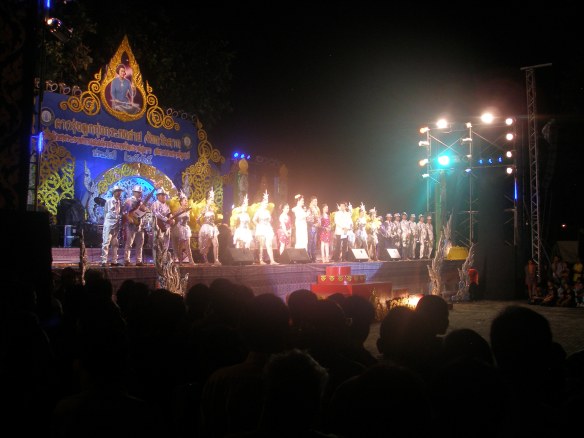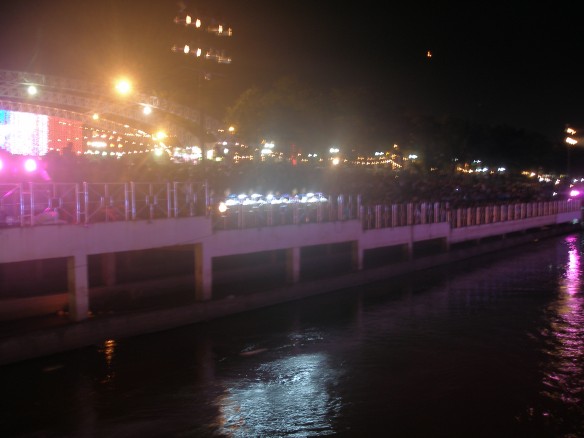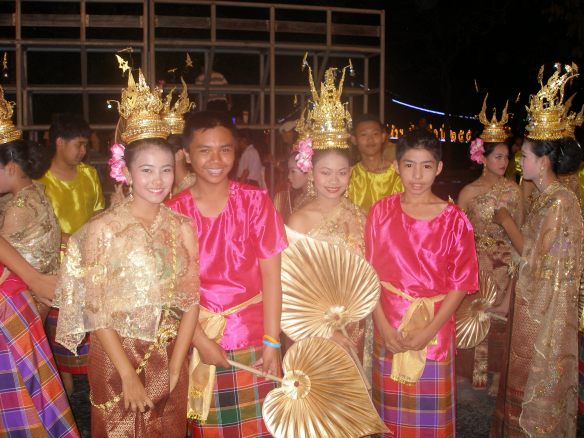At my school, Takpittiyakhom (TPS), there is a mandatory haircut policy. All students must wear their hair according to the standards agreed upon by the faculty and parents of students at TPS. These standards are based in military tradition, and were once practiced nation-wide with very little exception. Boys wear their hair buzzed on the sides, allowing a small tuft on top, and girls wear their hair within two fingers of ear length. Recently, laws have relaxed and especially at the schools in big cities students have been granted more freedom with their hair. Small towns like Tak tend to follow the conventional way, and diligently enforce that custom.
At the morning assembly teachers will weave in and out of the rows of students scouting for non-compliance. Any student caught with hair too long has chunks sheared off, right at the assembly in front of their peers. Clever students have learned that tardiness and absence from the morning assembly allows them to stay clear of the head hunters. Some of the TPS truants can be identified by their shaggier domes, but very little head hunting is done after the morning assembly. However, now that students are taking their final exams, and an official policy of TPS is that students need their school haircut to sit for exams, the head hunters have initiated full search mode. The mandatory haircut enforcers at TPS have actually been walking through exam rooms measuring students’ hair lengths and, if a student does not have their hair styled appropriately, cutting locks then and there.
I’m really not sure what to make of the situation. It is customary to have school uniforms in Thailand, including conventional haircuts, though it is no longer a national law as it once was. According to my co-teachers, although the old practice of military style hair is no longer enforced, parents of TPS students widely agreed to continue the tradition. They place an importance on legacy, school pride, and discipline. My hang-up is that strict following of the rules apparently trumps the promotion of learning or independence. It seems counter-productive to pull students out of their exams in order to hack off rogue hair, which tends to have the nasty habit of growing outside of the students’ control.
To make matters worse, the boys will not receive a full trim when they are spotted by a head hunter. The vigilante barber only slices 4 or 5 chunks of hair, leaving the boy to find a barber-for-hire to finish the job. Since they never wanted the haircut to begin with, many TPS boys will come to school the next day without having finished the job. They walk around campus the rest of the week resembling a haggardly carved jack-o-lantern.
Tradition, camaraderie, national pride, school identity, and discipline are all traits that I can see manifested by mandatory haircuts. Continuance of tradition and national identity are far more important in Thai culture than in American culture. I would be insensitive and ethnocentric to state that mandatory haircuts are no good. Therefore, I am not saying that. Instead, I am saying that taking students out of final exams in order to enforce that policy can’t be the best solution.
At least the students are keeping in good spirits about it. Mai Pen Rai, as always.



























